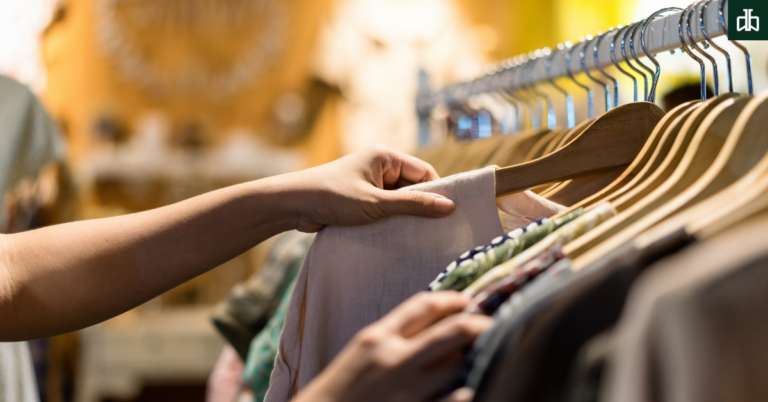New Era of Conscious Fashion Choices
In a world where fashion trends come and go with lightning speed, there is a growing movement that is revolutionizing the way we approach our wardrobe: thrifting. As consumers become more conscious of their environmental impact, the practice of purchasing gently used apparel at a discount has emerged as a powerful solution for sustainable fashion.
Gone are the days of mindless consumption; today, thrifting is not merely a trend but a transformative movement that is here to stay.
Particularly, Gen Z has embraced the thrift business, leveraging online platforms to resell used high-fashion products for profit. This shift in mindset is not just a passing fad; it marks a fundamental change in how we view fashion and our responsibility towards the environment.
Swapping
At the forefront of this sustainable fashion revolution is the concept of swapping. some Online secondhand stores have adopted a swap model that allows customers to choose between upfront payments in currency or exchanging items. Swapping not only encourages environmentally conscious shopping but also compensates individuals at twice the rate of resale. This innovative concept has attracted eco-conscious shoppers, fostering a sense of community and driving sustainable development in the fashion industry.
Concerns about Cleanliness
To address concerns about cleanliness, thrift stores take extra precautions by washing and repairing clothing to restore their condition. Moreover, these stores offer a second chance for large quantities of fast fashion items that cannot be sold through non-profit organizations and charity institutions. The Ellen Macarthur Foundation warns that without such initiatives, we would see over 150 million tons of clothing waste in landfills by 2050. Thrifting allows us to reduce waste and contribute to a circular economy, where fashion items find new homes and purposes instead of ending up in a landfill.
Collaborative consumption, a concept that originated in the late 1970s, has gained renewed popularity in recent years. With the advent of Web 2.0, mobile technology, and social media, it has found new life in the form of thrifting. Purchasing used clothing at discounted prices, especially designer pieces, high-street labels, and vintage items, has become an exciting trend for fashion-conscious consumers. The ability to express personal style on a budget while embracing sustainability has made thrifting a desirable choice.
Studies have shown that motivations for thrift shopping vary among individuals. Some shop at thrift stores to save money, while others do so to support the environment. Research in 2020 highlighted the self- and others-oriented aspects that drive people to thrift stores, showcasing the diverse range of motivations behind sustainable fashion choices. As more awareness is raised through internet campaigns, local community activities, and swapping events, consumers are becoming more mindful of the environmental impact of their consumption habits. By inspiring others to thrift and swap, a fashion revolution is taking shape, with the potential to close the loop on the lifecycle of fashion items.
Embracing the power of thrifting and making conscious fashion choices is crucial for a sustainable future. Let us join this fashion revolution, one thrifted piece at a time, and create a positive impact on our environment and society.
Reference : ellenmacarthurfoundation
Also Read: Art of Rethinking: 10 Life Lessons from Adam Grant’s ‘Think Again’






